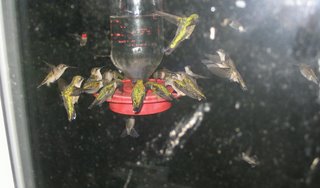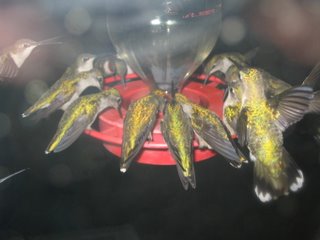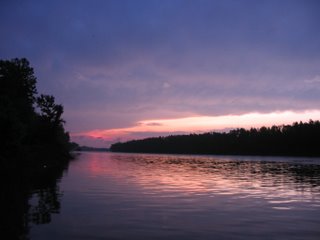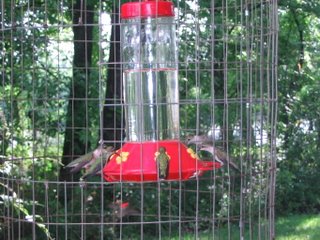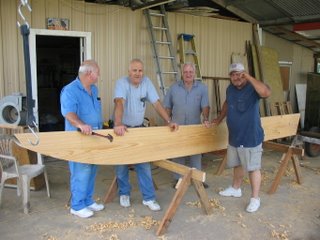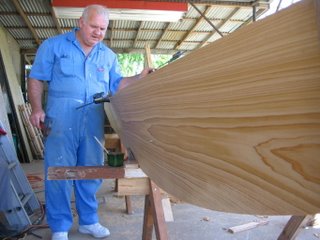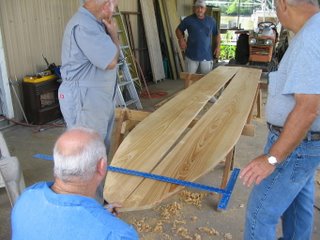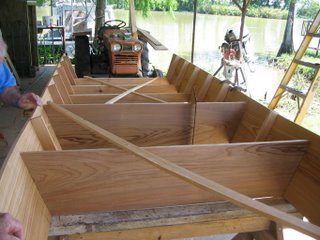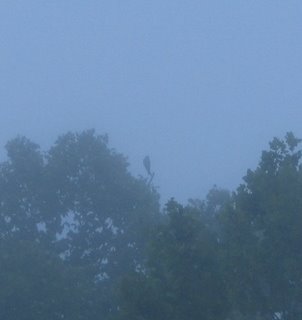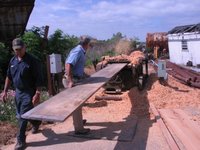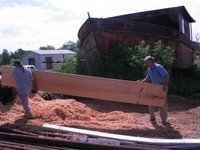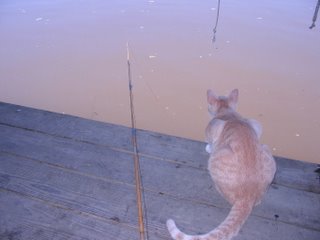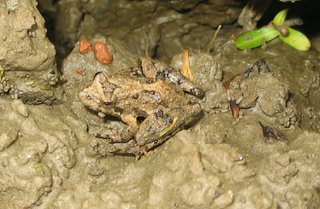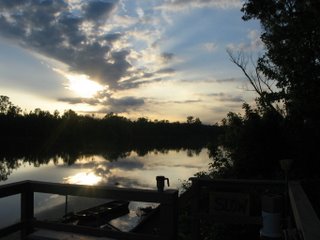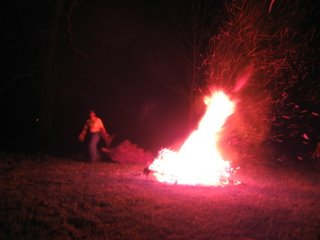Bateau Building II

Anyway, we started on the boat where we stopped last Saturday. At that point we had finished the gunnels, bulkheads and the timbers behind the bulkheads. Today we started by using the three sets of jigs (above) to “bring in” the gunnels at the front of the boat. Both bottom and top strain had to be used on each jig to shape the curve of the bow to the way Edward wanted it look. This is not easy. I have always been intrigued by the fact that there is nothing simple about boatbuilding, mainly because almost nothing is square or straight, and that holds true for shaping the bow
 of this boat. But they did it. After that, the head block was the next feature to be built. That too was not simple. After quite a bit of time spent measuring, planing, beveling and almost cussing, the head block was nailed and glued in place.
of this boat. But they did it. After that, the head block was the next feature to be built. That too was not simple. After quite a bit of time spent measuring, planing, beveling and almost cussing, the head block was nailed and glued in place.  It was time to place the front four timbers in and then we moved to the stern board. Even that is not as simple as it might look.
It was time to place the front four timbers in and then we moved to the stern board. Even that is not as simple as it might look.  The main thing I noticed about these guys is that they HATE to have any space left when two things are supposed to be joined tightly. Note the picture of the timber joined to the gunnel; ALL the joints are like that.
The main thing I noticed about these guys is that they HATE to have any space left when two things are supposed to be joined tightly. Note the picture of the timber joined to the gunnel; ALL the joints are like that.  The last picture below shows how far along the boat is. The next step next Saturday is to place the ribs on the timbers in the front of the boat and start on the stripping that will finish the top on the sides and the deck. We also have to put the final shape on the head block and the stern board before the boat can be turned over to fit the bottom on it.
The last picture below shows how far along the boat is. The next step next Saturday is to place the ribs on the timbers in the front of the boat and start on the stripping that will finish the top on the sides and the deck. We also have to put the final shape on the head block and the stern board before the boat can be turned over to fit the bottom on it.Big rain here tonight, don’t know how much yet. But the frogs sure know we got some. They are yelling like crazy in the ponds in the front yard – mostly Gulf Coast Toads and Gray Treefrogs, with a few Green Treefrogs mixed in. It’s good to hear them. Looks like a good night for a survey tomorrow night.

The river is at 7.7 on the Butte La Rose gauge, reflecting the stong south wind, and it will go to about 8.0 by Tuesday, and then start to fall slowly. The Mississippi and Ohio are rising a little bit way up north but nothing dramatic.
Rise and Shine, Jim


